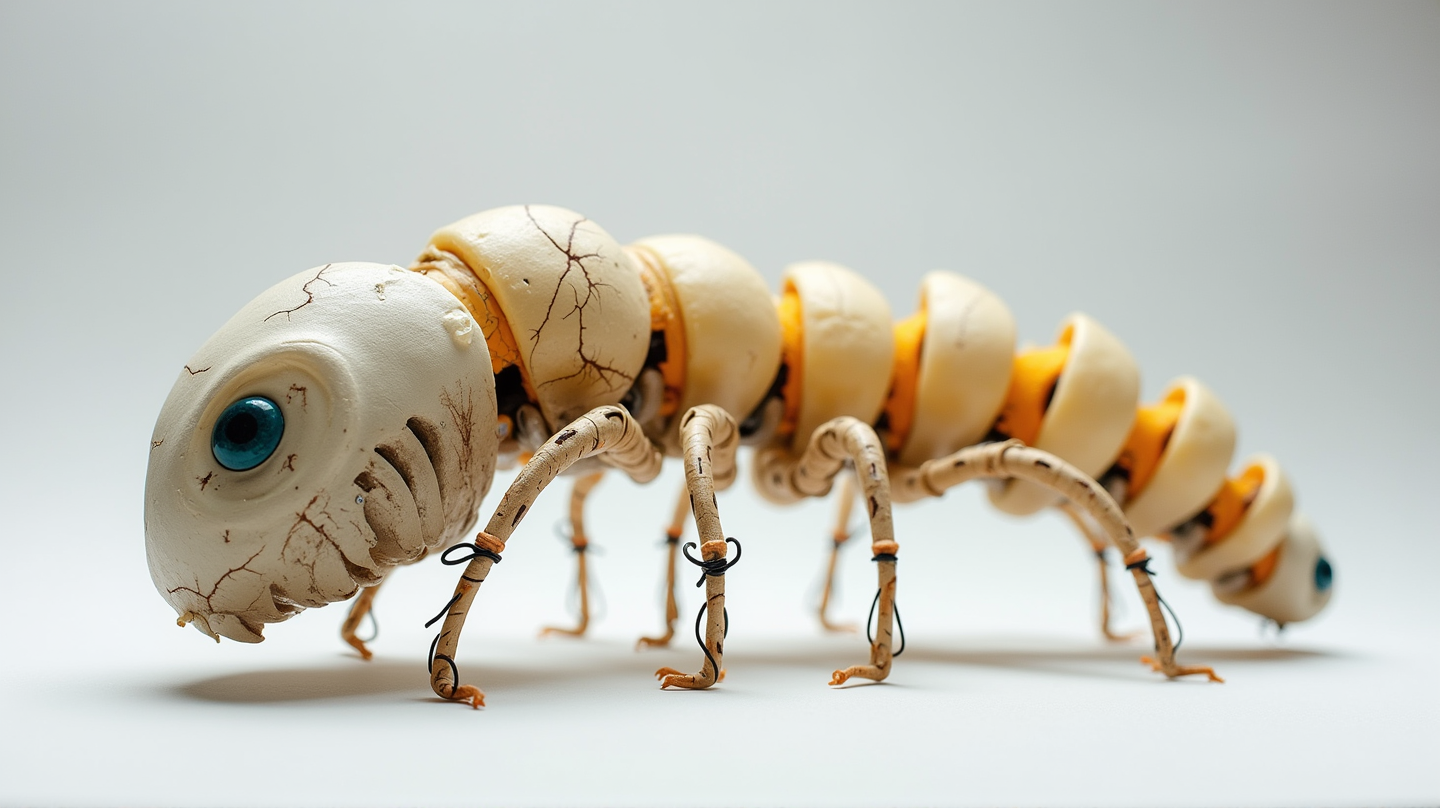The New Frontier in Robotics
Imagine a soft robot moving gracefully, inching forward with precision akin to a living caterpillar. Featuring groundbreaking technology, these robots use paper-based electrodes combined with liquid crystal elastomers (LCEs) to achieve asymmetric bending for efficient motion.
The Magic of Liquid Crystal Elastomers
Liquid crystal elastomers are materials known to change shape when stimulated by heat. However, achieving the right motion requires precise control over heating—a complex task traditionally.
The Breakthrough by Chung-Ang University
Researchers at Chung-Ang University have transformed this challenge into an opportunity by using something as simple as paper. Through a process called electroless plating, they created intricate copper electrode patterns on paper, capable of producing varied temperature zones when electricity is applied. As a result, these soft robots can crawl effectively by bending unevenly, much like their caterpillar counterparts.
“Inspired by nature’s unique mechanisms, we integrated simple yet powerful materials to mimic the efficient locomotion of caterpillars,” said Professor Suk Tai Chang, highlighting the project’s nature-mimicking inspiration.
Eco-Friendly and Cost-Effective Design
The use of cellulose-based paper offers an eco-friendly alternative, providing mechanical flexibility and facilitating the electrode deposition process. “Cellulose’s porous nature allows for easy electrode deposition and high deformability,” stated Assistant Professor Changyeon Lee, emphasizing the sustainability aspect.
Practical Applications
These innovative robots, lightweight and powered by low-voltage paper electrodes, have potential applications in areas such as environmental monitoring and search-and-rescue operations. Their ability to navigate through challenging terrains and confined spaces expands the possibilities for using soft robots in real-world scenarios.
The Future of Soft Robots
This advancement marks a step forward in the robotics domain, paving the way for eco-conscious and scalable robotic designs. Light, adaptable, and economical, these caterpillar-inspired robots showcase the potential for simpler, smart robotic solutions.
According to Tech Explorist, the integration of such technologies promises a bright and innovative future for robotic applications, inviting new exploration into the realms of technology and engineering.
